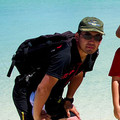的点评
Museum where you can learn about the Japanese language and literature to which Donald Keene devoted his life
Donald Keene Center Kashiwazaki的点评
点评:日本人であるなしに関わらず、日本語に触れる人であれば必ず訪れるべき、と言っても過言ではない資料館である。展示室を周回するだけであれば1時間もかからずで済む小規模な資料館だが、日本語と日本文学に生涯を捧げる程に魅了されたドナルド・キーン氏の軌跡と信条がありありと綴られている。
建物の二階にある展示室は大きく三つに区切られており、『常設展』・『キーン氏の書斎』・『特別展』として用いられている。来館が初回の場合は一階の上映室でキーン氏の生涯やキーン氏縁の人々のインタビュー映像(20分程度)を観ることを勧められるが、必須ではない。『キーン氏の書斎』はニューヨークにあったものがそのまま運ばれ、復元されたもので、窓にあるパネルの景色はハドソン川である。原則として『キーン氏の書斎』のみ撮影可能。
キーン氏が日本文学に魅了された切っ掛けが、アーサー・ウェイリ氏訳の『源氏物語』であることは周知の事実だが、日本文学だけでなく日本語の研究に情熱を捧げることを決定づけたのは、太平洋戦争従軍の経験に他ならない。『常設展』では、主に昭和期に文壇で活躍した作家との交流やキーン氏の研究の対象となった作家について展示されているが、『特別展』では、主に戦時中の日本人を含む様々な人々との交流、それによって積み重ねられた日本語・日本文学研究のプロセスを垣間見ることが出来る。
今は日本文学は様々な言語に翻訳され、世界中で親しまれているが、それに至るまでの基礎を築き上げた彼の功績は、展示の端々からでも目を見張るものがある。
駐車場スペースも充分にあるため、基本的には車での来館となるが、柏崎駅からでも徒歩20分程度であるため、電車からのアクセスも決して苦というわけではない。柏崎散策の過程で訪れるのもいいだろう。
It's no exaggeration to say that this museum is a must-visit for anyone who comes into contact with the Japanese language, regardless of whether or not they are Japanese. It's a small museum that can be visited in less than an hour if only to go around the exhibition rooms, but it clearly shows the path and beliefs of Donald Keene, who was so fascinated by the Japanese language and literature that he devoted his whole life to it.
The exhibition rooms on the second floor of the building are divided into three large sections: "Permanent Exhibitions," "Mr. Keene's Study," and "Special Exhibitions. If it's your first visit to the museum, it's recommended, but not required, that you watch a 20-minute film about Mr. Keane's life and interviews with people related to him in the screening room on the first floor. "Mr. Keene's Study" was transported from New York and restored, and the view from the window panel is of the Hudson River. As a rule, only "Mr. Keene's Study" can be photographed.
It's no secret that Keene's fascination with Japanese literature began with Arthur Weyri's translation of "The Tale of Genji," but it was his service in the Pacific War that determined his passion not only for Japanese literature but for the study of the Japanese language as well. While the "Permanent Collection" displays mainly his interactions with writers active in the literary world during the Showa period and the writers who were the subject of his research, the "Special Exhibition" offers a glimpse into his interactions with various people, including Japanese people, during the war and the process of Japanese language and literature research accumulated as a result of these interactions.
Japanese literature has now been translated into various languages and is popular around the world, but his achievements in laying the foundation for this are remarkable, even from the exhibition's edge.
The museum is basically accessible by car, as there is ample parking space, but it's not difficult to get there by train, as it is only a 20-minute walk from Kashiwazaki Station. It is also a good place to visit as part of a walking tour of Kashiwazaki.
建物の二階にある展示室は大きく三つに区切られており、『常設展』・『キーン氏の書斎』・『特別展』として用いられている。来館が初回の場合は一階の上映室でキーン氏の生涯やキーン氏縁の人々のインタビュー映像(20分程度)を観ることを勧められるが、必須ではない。『キーン氏の書斎』はニューヨークにあったものがそのまま運ばれ、復元されたもので、窓にあるパネルの景色はハドソン川である。原則として『キーン氏の書斎』のみ撮影可能。
キーン氏が日本文学に魅了された切っ掛けが、アーサー・ウェイリ氏訳の『源氏物語』であることは周知の事実だが、日本文学だけでなく日本語の研究に情熱を捧げることを決定づけたのは、太平洋戦争従軍の経験に他ならない。『常設展』では、主に昭和期に文壇で活躍した作家との交流やキーン氏の研究の対象となった作家について展示されているが、『特別展』では、主に戦時中の日本人を含む様々な人々との交流、それによって積み重ねられた日本語・日本文学研究のプロセスを垣間見ることが出来る。
今は日本文学は様々な言語に翻訳され、世界中で親しまれているが、それに至るまでの基礎を築き上げた彼の功績は、展示の端々からでも目を見張るものがある。
駐車場スペースも充分にあるため、基本的には車での来館となるが、柏崎駅からでも徒歩20分程度であるため、電車からのアクセスも決して苦というわけではない。柏崎散策の過程で訪れるのもいいだろう。
It's no exaggeration to say that this museum is a must-visit for anyone who comes into contact with the Japanese language, regardless of whether or not they are Japanese. It's a small museum that can be visited in less than an hour if only to go around the exhibition rooms, but it clearly shows the path and beliefs of Donald Keene, who was so fascinated by the Japanese language and literature that he devoted his whole life to it.
The exhibition rooms on the second floor of the building are divided into three large sections: "Permanent Exhibitions," "Mr. Keene's Study," and "Special Exhibitions. If it's your first visit to the museum, it's recommended, but not required, that you watch a 20-minute film about Mr. Keane's life and interviews with people related to him in the screening room on the first floor. "Mr. Keene's Study" was transported from New York and restored, and the view from the window panel is of the Hudson River. As a rule, only "Mr. Keene's Study" can be photographed.
It's no secret that Keene's fascination with Japanese literature began with Arthur Weyri's translation of "The Tale of Genji," but it was his service in the Pacific War that determined his passion not only for Japanese literature but for the study of the Japanese language as well. While the "Permanent Collection" displays mainly his interactions with writers active in the literary world during the Showa period and the writers who were the subject of his research, the "Special Exhibition" offers a glimpse into his interactions with various people, including Japanese people, during the war and the process of Japanese language and literature research accumulated as a result of these interactions.
Japanese literature has now been translated into various languages and is popular around the world, but his achievements in laying the foundation for this are remarkable, even from the exhibition's edge.
The museum is basically accessible by car, as there is ample parking space, but it's not difficult to get there by train, as it is only a 20-minute walk from Kashiwazaki Station. It is also a good place to visit as part of a walking tour of Kashiwazaki.
翻译:毫不夸张地说,这个博物馆是任何熟悉日语的人必去的地方,无论他们是不是日本人。一个不大的博物馆,绕一圈展厅不到一个小时,却生动地描述了唐纳德·基恩先生对日本语言和文学如此着迷,并为此倾其一生的人生轨迹和信条。荷兰国际集团
大楼二楼的陈列室大致分为三个,分别用作“常设展览”、“基恩先生的书房”和“特别展览”。如果您是第一次参观博物馆,建议您在一楼的放映室观看基恩先生的生平和基恩先生相关人物的访谈(约20分钟),但不是必需的。 《基恩先生的书房》被带到纽约进行修复,窗台上的风景是哈德逊河。一般来说,只能拍摄“基恩先生的书房”。
众所周知,Keene 先生对日本文学的迷恋是受到 Arthur Weyley 翻译的《源氏物语》的启发,但是是什么让他决定不仅将自己的热情献给日本文学,还要献身于日语研究..,无非是在太平洋战争中服役的经历。在“常设展”中,主要可以看到与昭和时代活跃于文坛的作家和作为基恩研究对象的作家的交流,而在“特别展”中,则主要是战时的日本人您可以瞥见通过与包括在内的各种人的交流积累的日语和日本文学研究的过程。
如今,日本文学已被翻译成多种语言,在全世界广为人知,但他为此奠定基础的成就,即使在展览的角落也值得一看。
由于停车位充足,基本上都是开车来,但从柏崎站步行约20分钟,搭乘电车也完全没有问题。在柏崎散步的过程中参观一下会很不错。
毫不夸张的说,这个博物馆是任何接触过日语的人必去的地方,不管是不是日本人。一个很小的博物馆,如果只是去的话,不到一个小时就可以参观完展厅周围,却清楚地展示了唐纳德基恩的道路和信仰,唐纳德基恩对日本语言和文学如此着迷,他为此倾注了毕生精力。
大楼二楼的展厅分为“常设展”、“基恩先生的书房”和“特别展”三个大区域。如果是第一次来博物馆,建议但不是必须的,在一楼放映室观看20分钟基恩先生生平及相关人物访谈的电影《基恩先生的书房》从纽约运来复原,窗板视角是哈德逊河的,照例只能拍到“基恩先生的书房”。
众所周知,Keene 对日本文学的迷恋始于 Arthur Weyri 翻译的《源氏物语》,但正是他在太平洋战争中的服役决定了他不仅对日本文学而且对日语研究充满热情“常设展”主要展示了他与活跃在昭和时代文坛的作家以及作为他研究对象的作家的交流,而“特别展”则展示了他与包括日本人在内的各种人的交流,在战争期间和日本语言文学研究的过程中积累了这些互动的结果。
日本文学现在已经被翻译成多种语言,在世界范围内流行,但他为此奠定基础的成就令人瞩目,即使是在展览的边缘。
博物馆基本可以自驾前往,停车位充足,但搭乘电车也不难,从柏崎站步行约20分钟。
大楼二楼的陈列室大致分为三个,分别用作“常设展览”、“基恩先生的书房”和“特别展览”。如果您是第一次参观博物馆,建议您在一楼的放映室观看基恩先生的生平和基恩先生相关人物的访谈(约20分钟),但不是必需的。 《基恩先生的书房》被带到纽约进行修复,窗台上的风景是哈德逊河。一般来说,只能拍摄“基恩先生的书房”。
众所周知,Keene 先生对日本文学的迷恋是受到 Arthur Weyley 翻译的《源氏物语》的启发,但是是什么让他决定不仅将自己的热情献给日本文学,还要献身于日语研究..,无非是在太平洋战争中服役的经历。在“常设展”中,主要可以看到与昭和时代活跃于文坛的作家和作为基恩研究对象的作家的交流,而在“特别展”中,则主要是战时的日本人您可以瞥见通过与包括在内的各种人的交流积累的日语和日本文学研究的过程。
如今,日本文学已被翻译成多种语言,在全世界广为人知,但他为此奠定基础的成就,即使在展览的角落也值得一看。
由于停车位充足,基本上都是开车来,但从柏崎站步行约20分钟,搭乘电车也完全没有问题。在柏崎散步的过程中参观一下会很不错。
毫不夸张的说,这个博物馆是任何接触过日语的人必去的地方,不管是不是日本人。一个很小的博物馆,如果只是去的话,不到一个小时就可以参观完展厅周围,却清楚地展示了唐纳德基恩的道路和信仰,唐纳德基恩对日本语言和文学如此着迷,他为此倾注了毕生精力。
大楼二楼的展厅分为“常设展”、“基恩先生的书房”和“特别展”三个大区域。如果是第一次来博物馆,建议但不是必须的,在一楼放映室观看20分钟基恩先生生平及相关人物访谈的电影《基恩先生的书房》从纽约运来复原,窗板视角是哈德逊河的,照例只能拍到“基恩先生的书房”。
众所周知,Keene 对日本文学的迷恋始于 Arthur Weyri 翻译的《源氏物语》,但正是他在太平洋战争中的服役决定了他不仅对日本文学而且对日语研究充满热情“常设展”主要展示了他与活跃在昭和时代文坛的作家以及作为他研究对象的作家的交流,而“特别展”则展示了他与包括日本人在内的各种人的交流,在战争期间和日本语言文学研究的过程中积累了这些互动的结果。
日本文学现在已经被翻译成多种语言,在世界范围内流行,但他为此奠定基础的成就令人瞩目,即使是在展览的边缘。
博物馆基本可以自驾前往,停车位充足,但搭乘电车也不难,从柏崎站步行约20分钟。
旅行类型:独自旅行
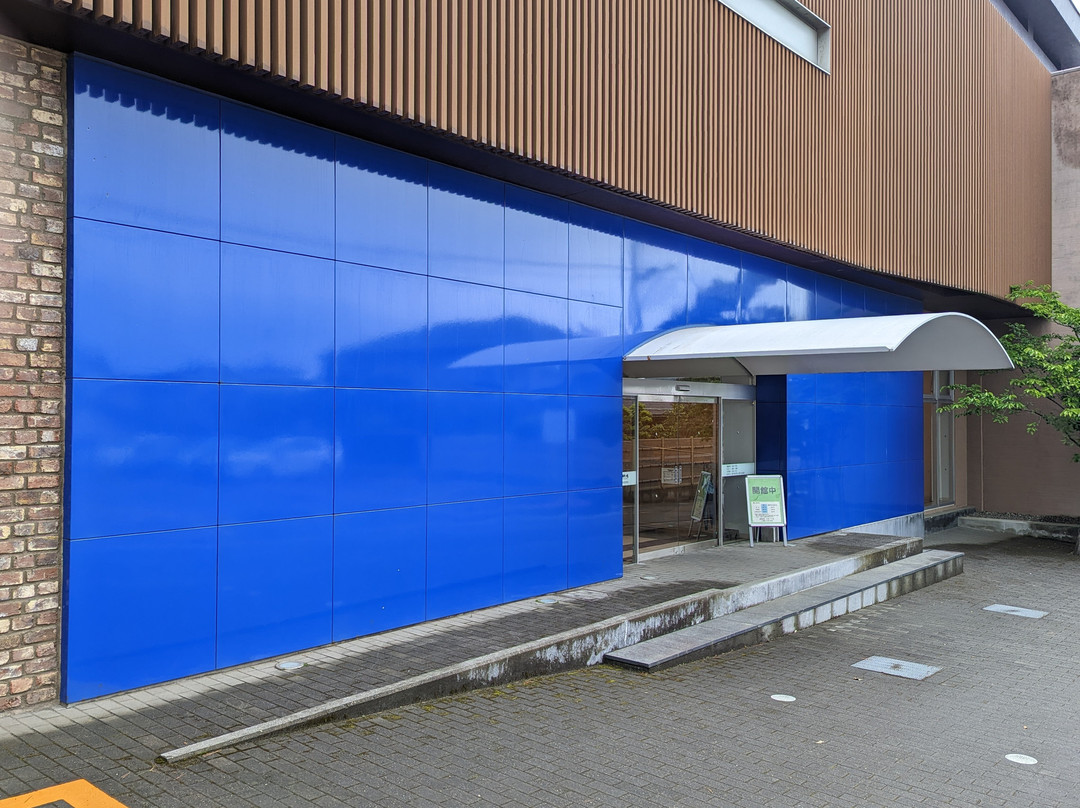
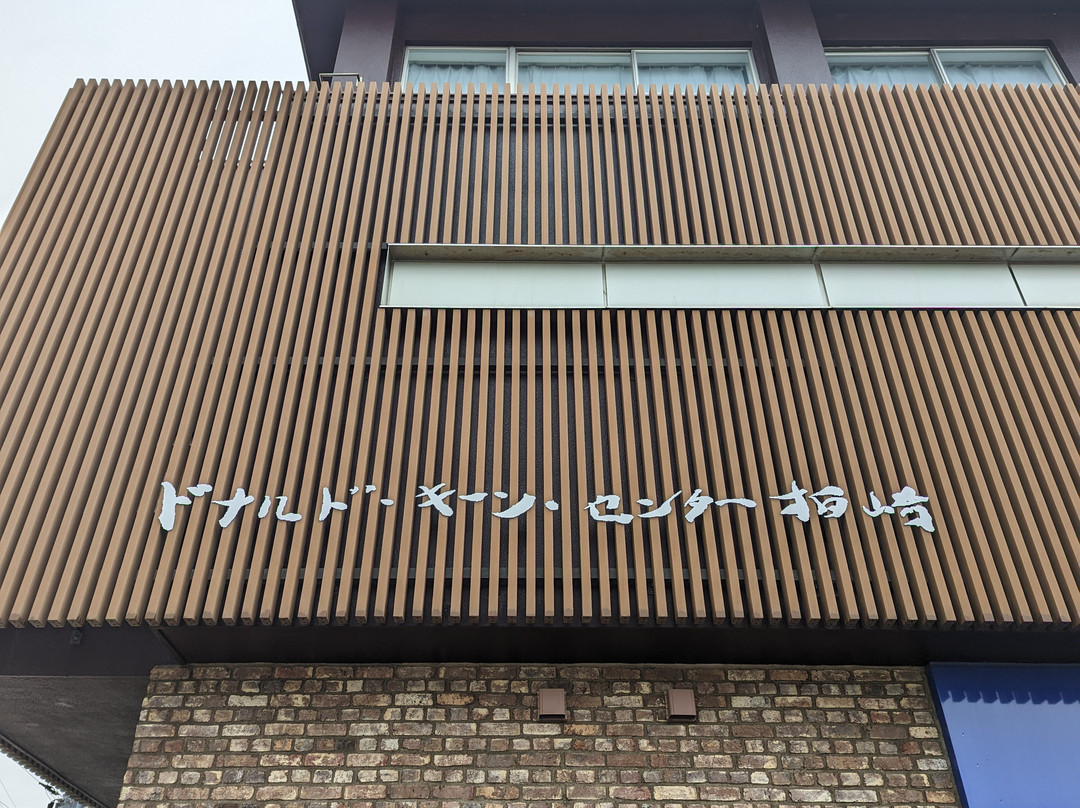
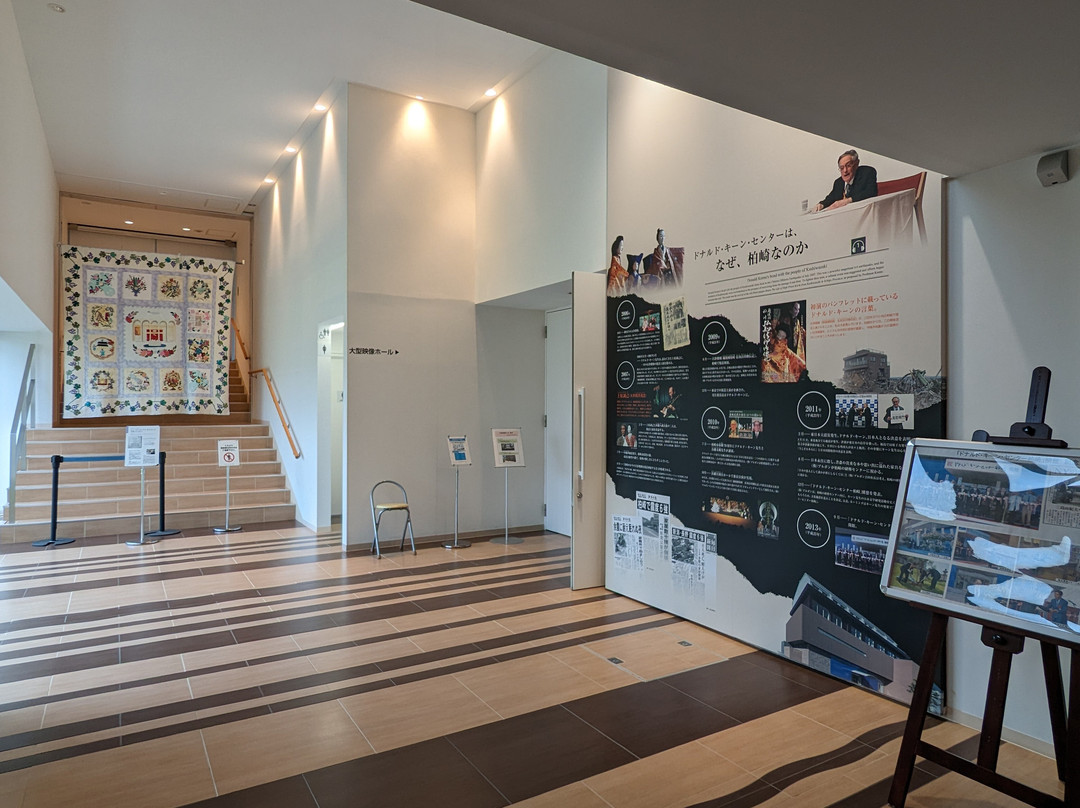
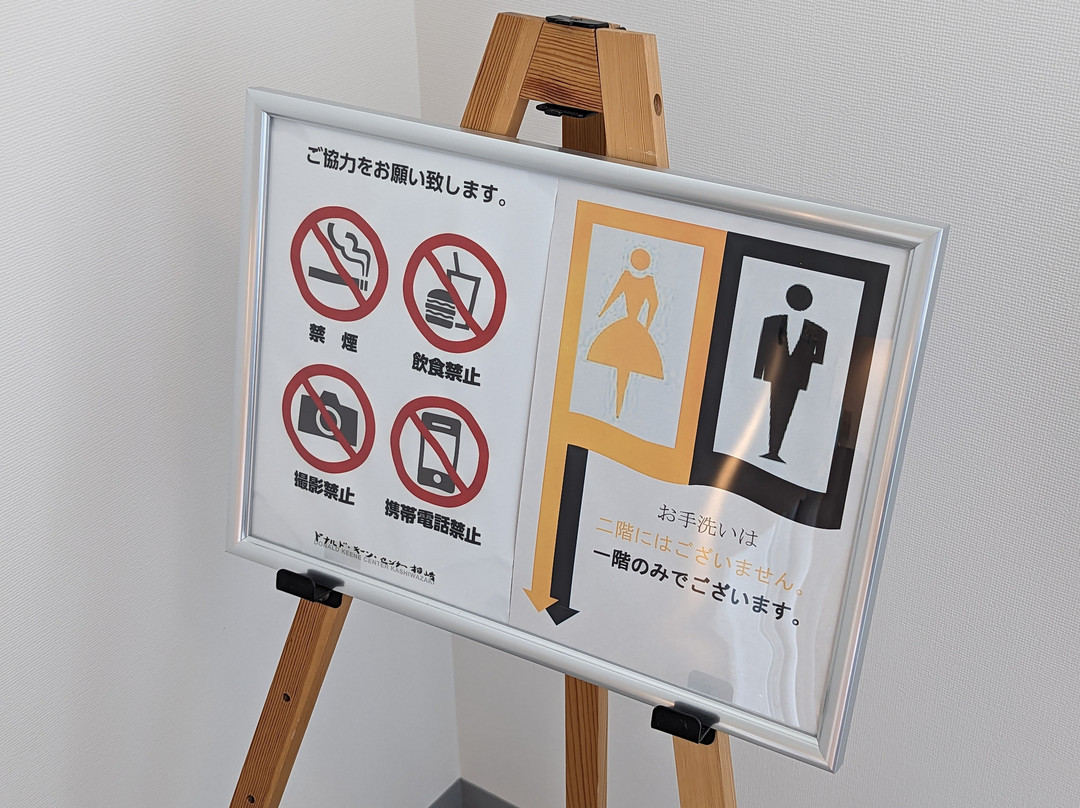
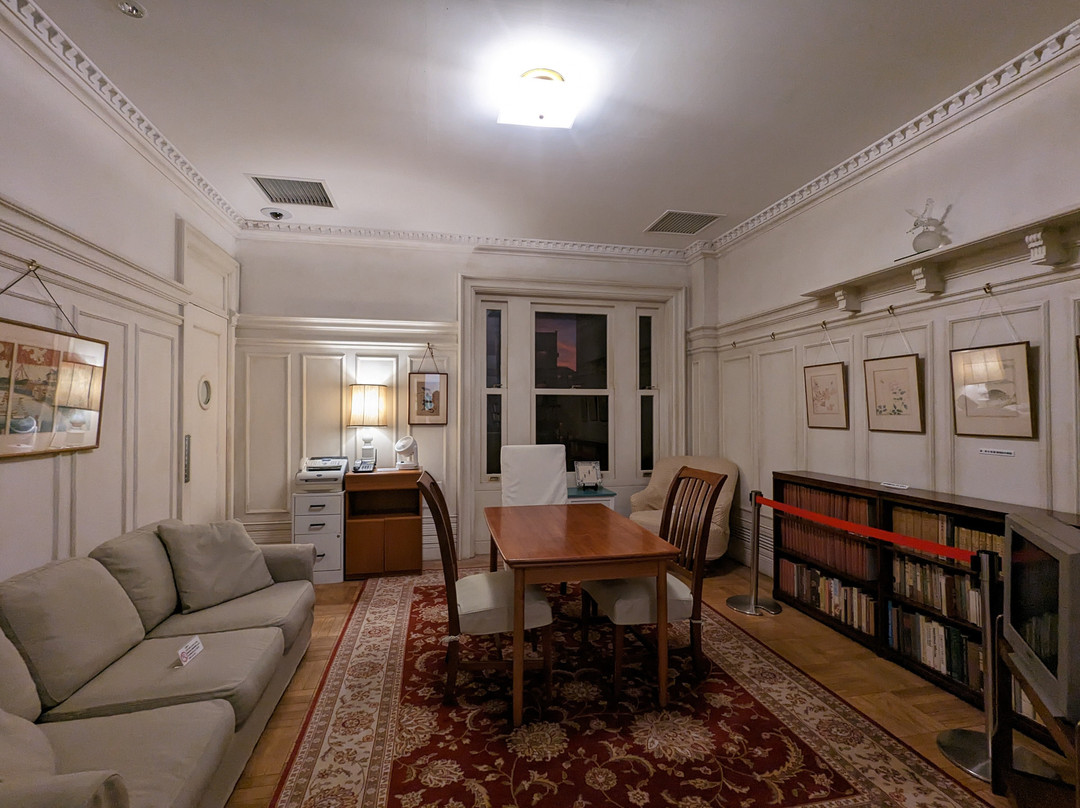
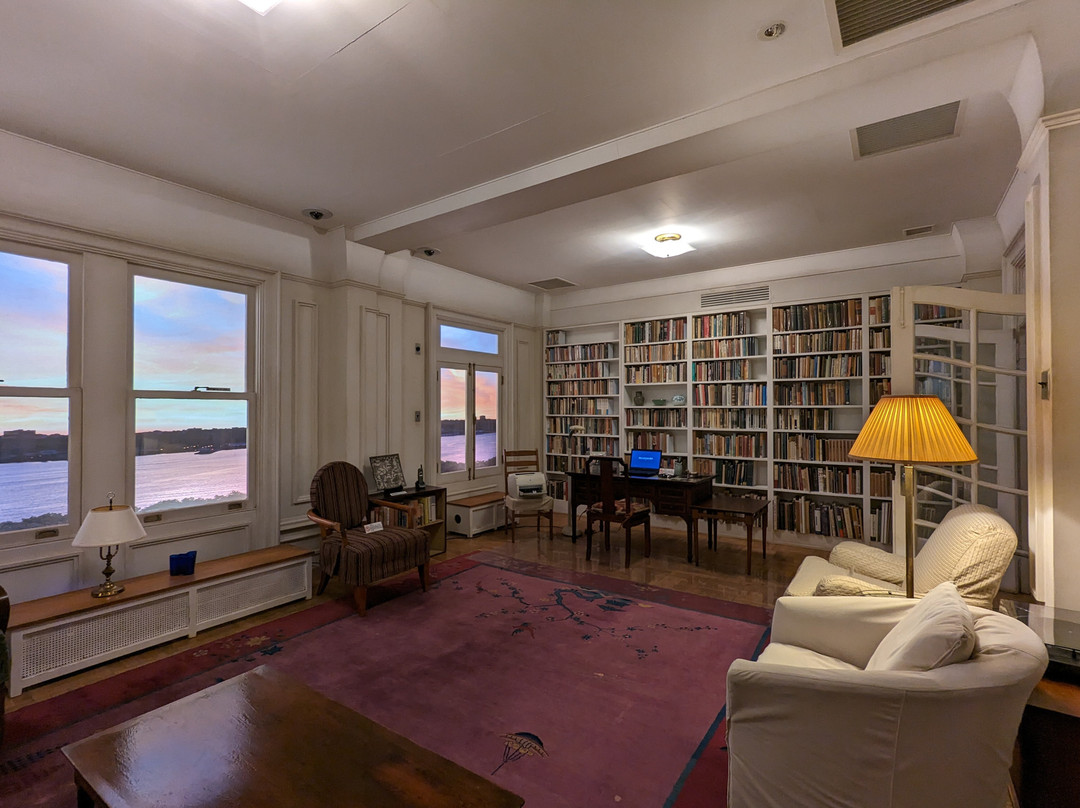
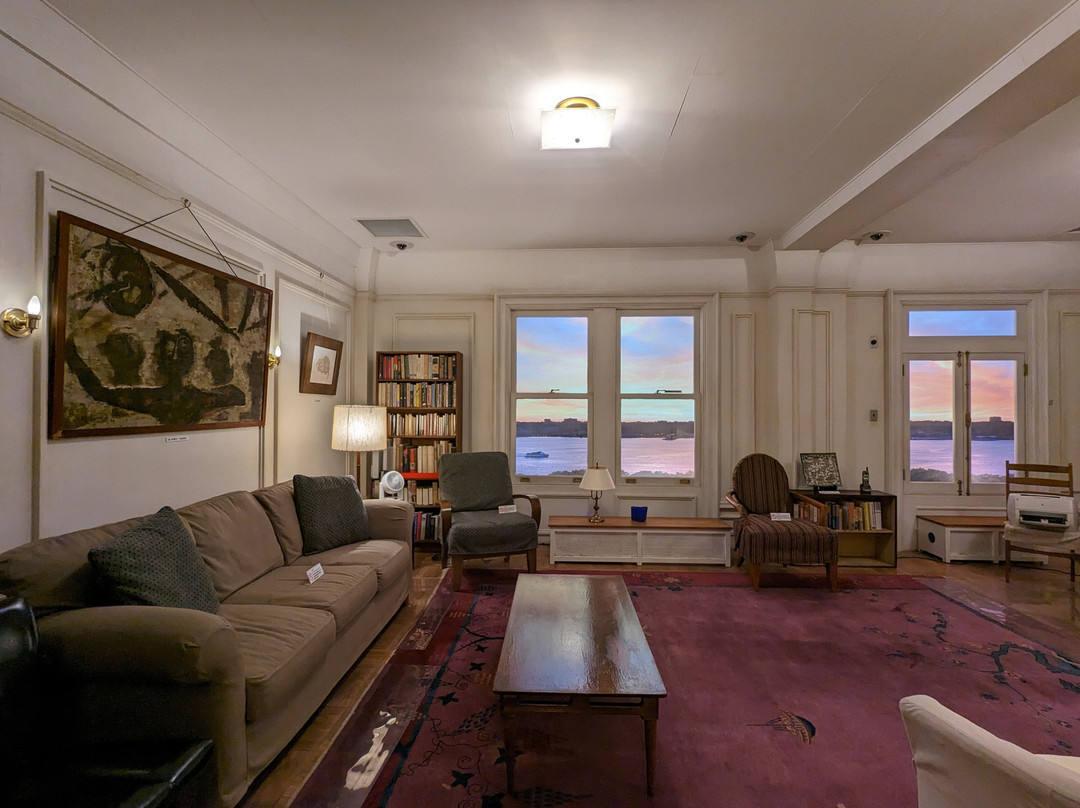
此点评仅代表旅行者个人的主观意见,并不代表TripAdvisor以及其合作方的意见。
关于我们
|新闻动态
|商务合作
|会员中心
|业主中心
|常见问题
|意见反馈
|联系我们
|营业执照
© 2025 Tripadvisor 版权所有。
使用条款 |隐私政策 |网站工作原理
部分照片由 VFM Leonardo 提供。
* Tripadvisor不是旅行社,也不是旅游预订服务代理商。我们提供免费、客观、公正的旅游资讯服务。 (显示更多)
TripAdvisor LLC 既不是预订代理商,也不是旅游运营商,不会向网站用户收取任何服务费。 按照规定,在 Tripadvisor 发布机票价格、游览和旅行套餐的合作伙伴(航空公司、旅行提供商及预订代理商),其标价须包含所有费用和附加费用。 例如, 机场出入境税费、消费税与其他服务费、手续费、杂费及附加费用。 当您向我们的某个合作伙伴进行预订时,请务必查阅他们的网站以了解当地行政部门要求的所有适用费用的具体情况。 除非另有说明,机票价格通常指的是一个人的价格(以人民币计)。
为方便起见,TripAdvisor LLC 根据从我们的预订合作伙伴获取的空房率计算每个酒店的均价。 对于游览和景点来说,所显示价格通常是每位成人的最低可用价格。 对于列出的任何旅行套餐或优惠,TripAdvisor LLC 无法保证任何特定的费率或价格。 此外,酒店均价每晚会更新,并以您的首选币种表示(使用现行汇率)。 由于这些已换算的价格是预估价格,因此,有关具体金额和币种请与预订网站进行核实。
此外,TripAdvisor LLC 无法保证我们网站上宣传的价格随时有效。 标价可能需要预订一定天数才能生效,或有不可用日期、使用条件或限制。
TripAdvisor公司对外部网站的内容一概不负责。优惠价格中不含税和其他费用。
ICP证:沪B2-20200433
沪ICP备20013175号
 沪公网安备31010502005427号
沪公网安备31010502005427号鹰程信息技术(上海)有限公司
货币/国家及地区
¥CNY
中国
